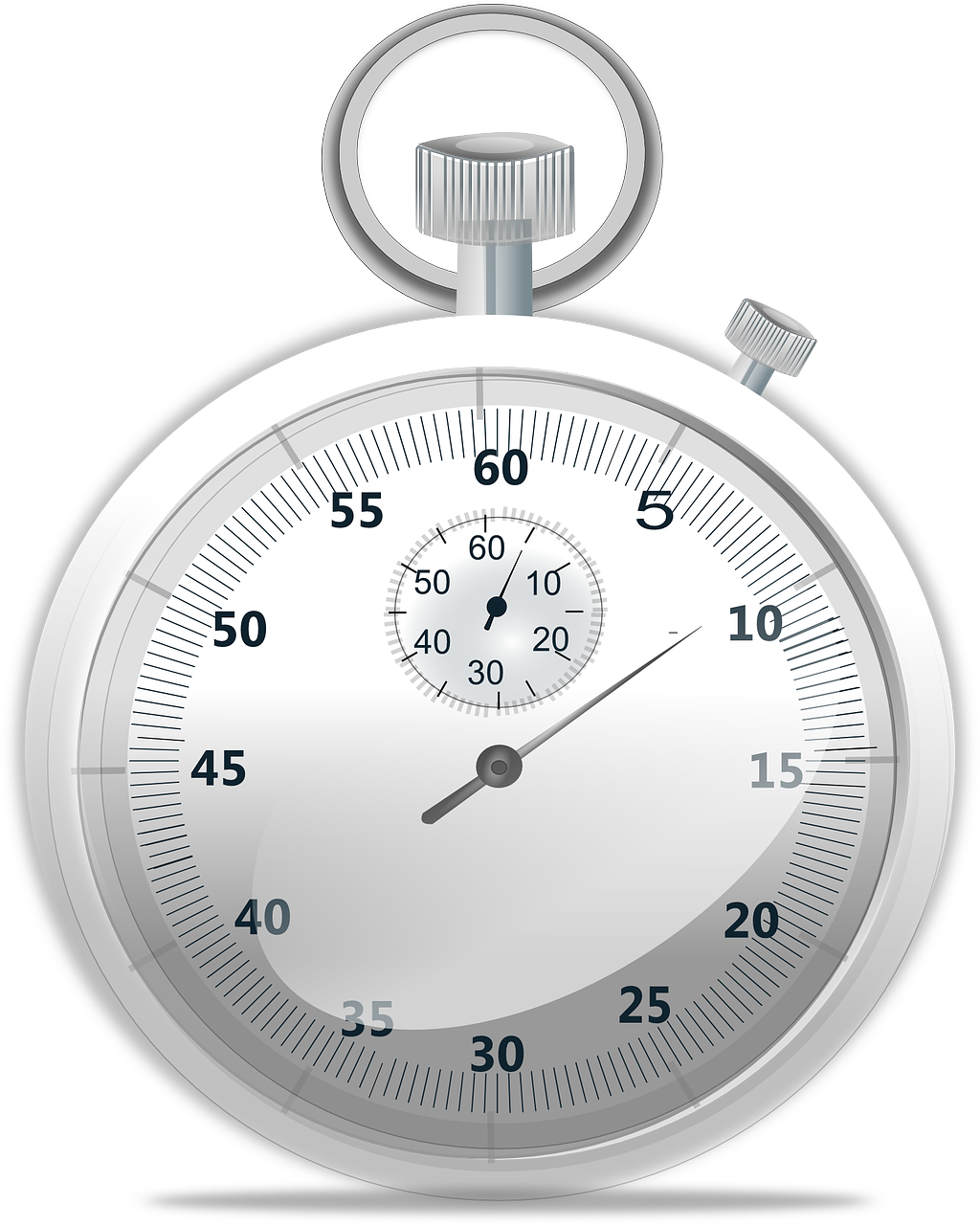“`html
Understanding and Using the ‘Timer’ Command in Excel VBA
Excel VBA (Visual Basic for Applications) is a powerful tool that allows users to automate tasks and enhance their Excel spreadsheets. Among the various commands available in VBA, the ‘Timer’ command stands out for its ability to measure time intervals. In this blog post, we will delve into the fundamentals of the ‘Timer’ command, explore how to use it, and provide practical examples to help you harness its capabilities effectively.
What is the ‘Timer’ Command in Excel VBA?
The ‘Timer’ command in Excel VBA is a built-in function that returns the number of seconds elapsed since midnight. This function is particularly useful for measuring time intervals within VBA procedures, allowing developers to track how long certain processes take to execute. The ‘Timer’ function returns a Single data type, meaning it can handle fractional seconds, which is advantageous for precise time measurements.
How to Use the ‘Timer’ Command
Using the ‘Timer’ command in Excel VBA is straightforward. To utilize it, you need to incorporate it within a VBA procedure. Here’s a step-by-step guide on how to implement the ‘Timer’ function:
Step 1: Open the VBA Editor
To begin using VBA, you first need to open the VBA Editor. In Excel, press ALT + F11 to launch the editor.
Step 2: Insert a New Module
In the VBA Editor, click on Insert in the menu bar and select Module. This action creates a new module where you can write your VBA code.
Step 3: Write the VBA Code
Now, you can start writing your VBA code using the ‘Timer’ function. Below is a basic example that demonstrates how to use ‘Timer’ to measure the duration of a loop execution:
Sub TimeLoopExecution()
Dim startTime As Single
Dim endTime As Single
Dim i As Long
startTime = Timer ' Record the start time
' Sample loop
For i = 1 To 1000000
' Your code here
Next i
endTime = Timer ' Record the end time
MsgBox "The loop took " & endTime - startTime & " seconds to execute."
End Sub
Practical Examples of Using the ‘Timer’ Command
To better understand the ‘Timer’ command, let’s explore a few practical examples where it can be applied:
Example 1: Measuring Macro Execution Time
One common use of the ‘Timer’ command is to measure the execution time of macros. This can help identify performance bottlenecks and optimize code efficiency. For instance, you can measure the time taken to sort a large dataset:
Sub SortData()
Dim startTime As Single
Dim endTime As Single
startTime = Timer
' Sorting code
Worksheets("Sheet1").Range("A1:Z1000").Sort Key1:=Range("A1"), Order1:=xlAscending
endTime = Timer
MsgBox "Sorting took " & endTime - startTime & " seconds."
End Sub
Example 2: Creating a Countdown Timer
The ‘Timer’ function can also be used to create countdown timers within Excel. This is particularly useful for time-sensitive tasks or quizzes. Here’s a simple countdown timer example:
Sub CountdownTimer()
Dim countdown As Single
countdown = 10 ' Set countdown time in seconds
Do While countdown > 0
Application.StatusBar = "Time remaining: " & countdown & " seconds"
countdown = countdown - 1
Application.Wait Now + TimeValue("00:00:01")
Loop
Application.StatusBar = False
MsgBox "Time's up!"
End Sub
Best Practices and Considerations
While the ‘Timer’ command is a powerful tool, there are some best practices and considerations to keep in mind:
- Precision: The ‘Timer’ function measures time in seconds with fraction precision. For more granular timing, consider using alternative methods like the Windows API for millisecond precision.
- Performance: Repeatedly calling the ‘Timer’ function in a loop may slightly impact performance. Use it judiciously for accurate measurements.
- Compatibility: The ‘Timer’ function is supported in Excel VBA across various versions. However, always test your VBA scripts in the specific environment they will run in.
Further Learning and Resources
To further enhance your understanding of Excel VBA, consider exploring additional resources and tutorials. A great place to start is the official Microsoft Excel VBA documentation. Additionally, you can find a plethora of Excel VBA tutorials on websites like Excel Easy, which offer step-by-step guides and examples.
Conclusion
The ‘Timer’ command in Excel VBA is an indispensable tool for measuring time intervals and optimizing your macros. By understanding its usage and implementing it effectively, you can enhance the performance of your Excel applications. Whether measuring execution times or creating countdowns, the ‘Timer’ function offers versatility and precision for a variety of tasks.
“`

